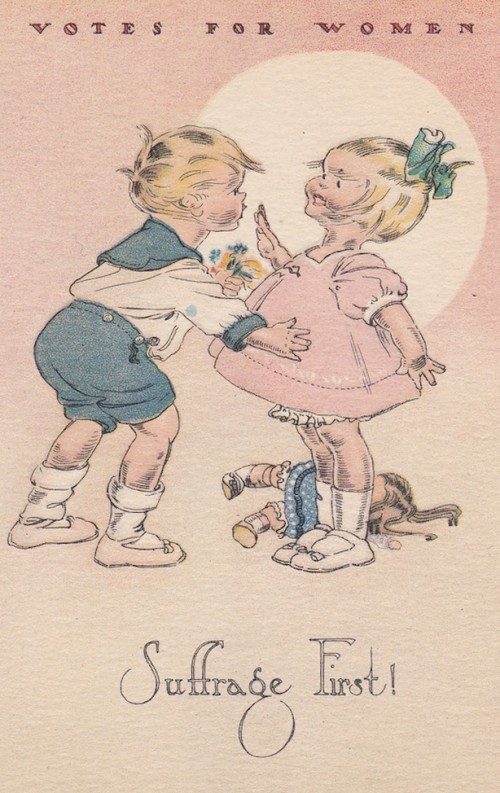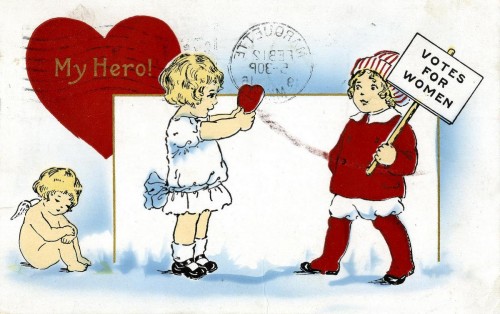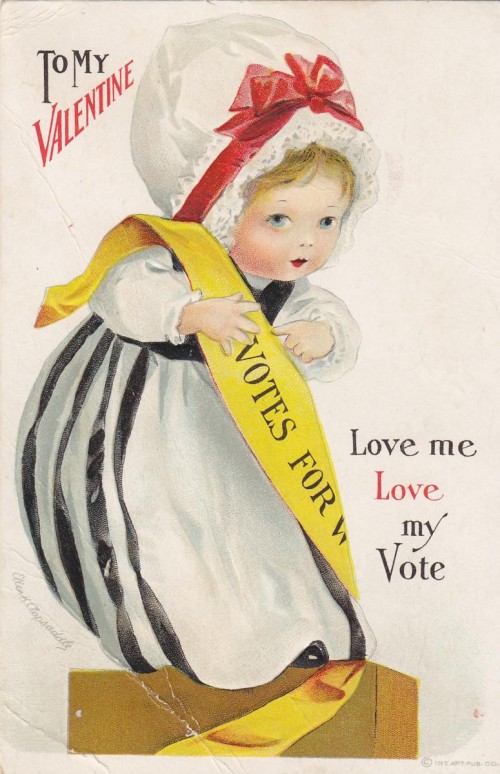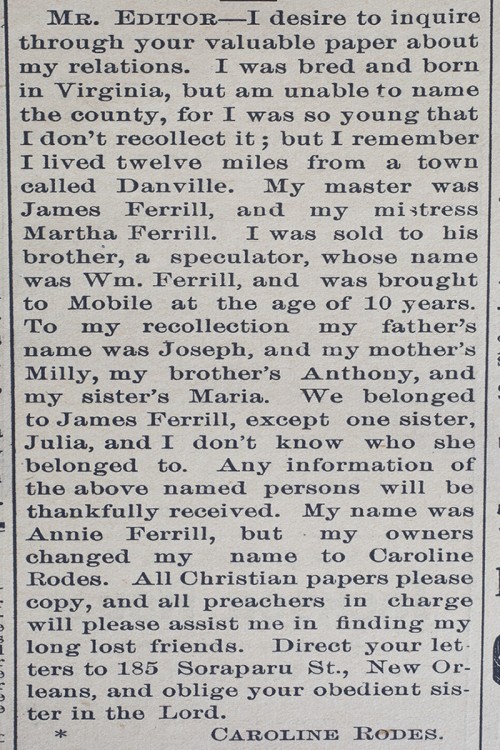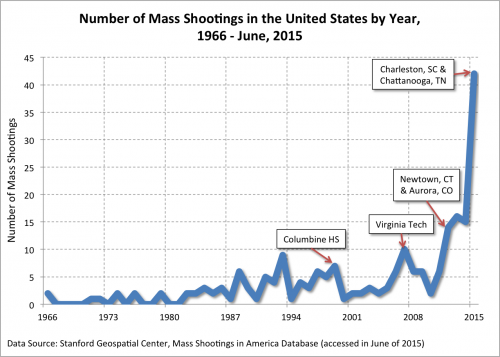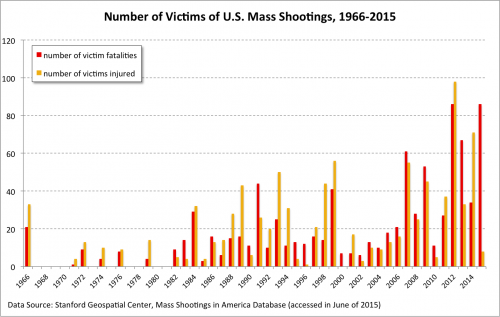Earlier this year Brandy Zadrozny interviewed me for a Daily Beast story about the new CDC guidelines for alcohol consumption by women. It caused an outcry because it advised all women who could potentially become pregnant to completely abstain from alcohol as a way to prevent fetal alcohol spectrum disorders.
Responses across the blogosphere included several objections, including the fact that research shows that alcohol alone is not sufficient to cause fetal harm (enter poverty as a major confounding factor) and paternal drinking prior to conception is believed to contribute to incidence of these disorders, too, despite no advice to men of fertile age to refrain from any alcoholic consumption.
Interesting points, but an argument made by Renée Ann Cramer in Pregnant with the Stars gave what I thought was some interesting historical perspective.
Until feminists fought to make it otherwise, she explains, it was perfectly legal in America to refuse to allow women access to certain jobs because they might get pregnant. If the working conditions were too challenging or involved exposure to dangerous chemicals, women were considered unfit for the work by virtue of their always-potentially-pregnant status. And if they did this work and harm did come to a child, it was considered a failure of the state to adequately protect her.
Feminists fought to make this “protectionism” illegal, demanding that women themselves have the right to decide, alongside men, if they wanted to take occupational risks. And they largely won this fight.
In turn, though, women themselves came under scrutiny. They were no longer excluded from certain jobs, but if they chose to do them, it was reasonable to judge them harshly for doing so. Cramer calls this the “responsibilization” of pregnancy. Now that women had the right to handle their pregnancy (or pre-pregnancy) however they wished, they (and not the state) would be held responsible for doing so in ways that society approved or disapproved.
This is what the CDC guidelines are doing. It’s not legal to “protect” women from harming her not-yet-existing fetus by refusing to serve her alcohol. Women have the same rights as men. But with rights comes responsibilization and if women don’t make the choices endorsed by their communities, the health industry, and even the federal government, they can expect to be surveilled, judged, and possibly bullied into doing so.
Cross-posted at Pacific Standard.
Lisa Wade, PhD is an Associate Professor at Tulane University. She is the author of American Hookup, a book about college sexual culture; a textbook about gender; and a forthcoming introductory text: Terrible Magnificent Sociology. You can follow her on Twitter and Instagram.





